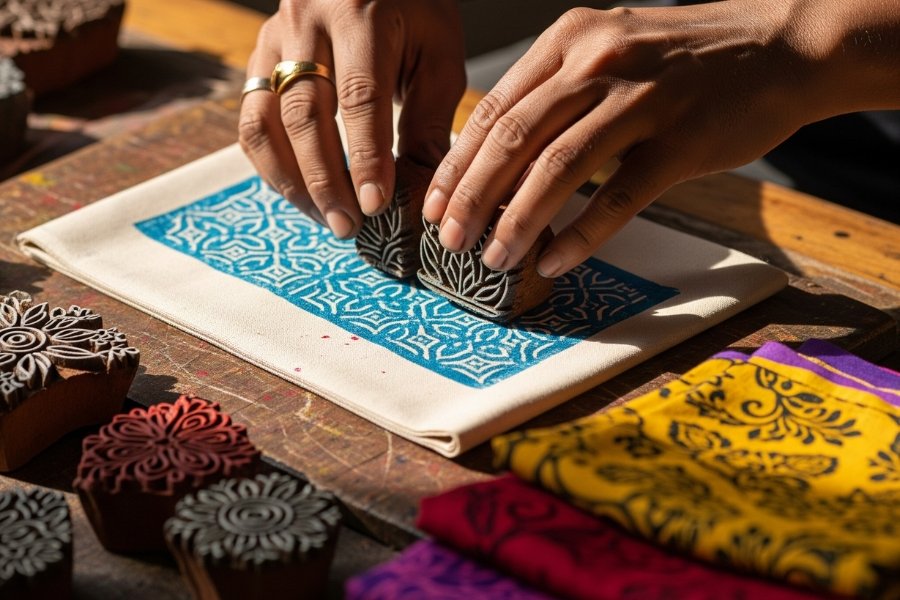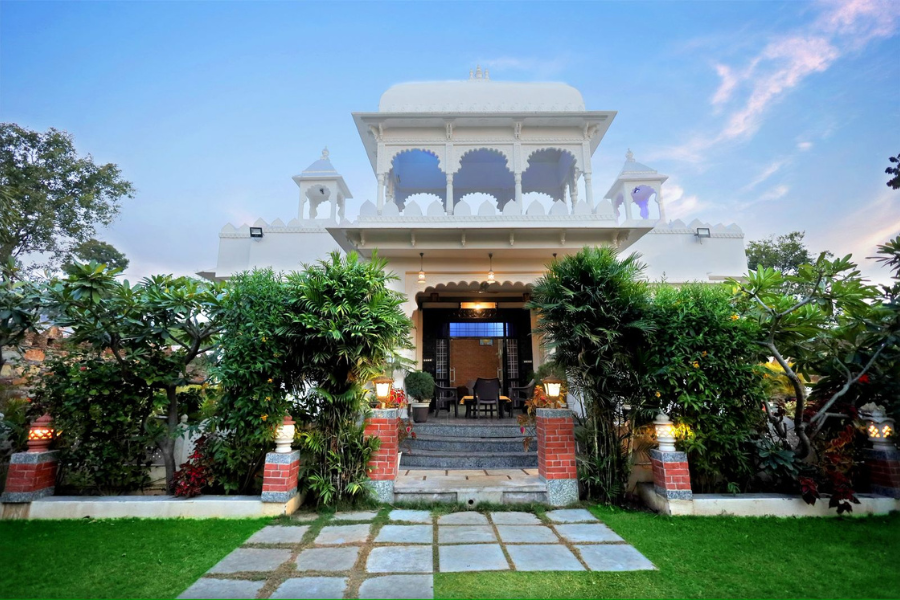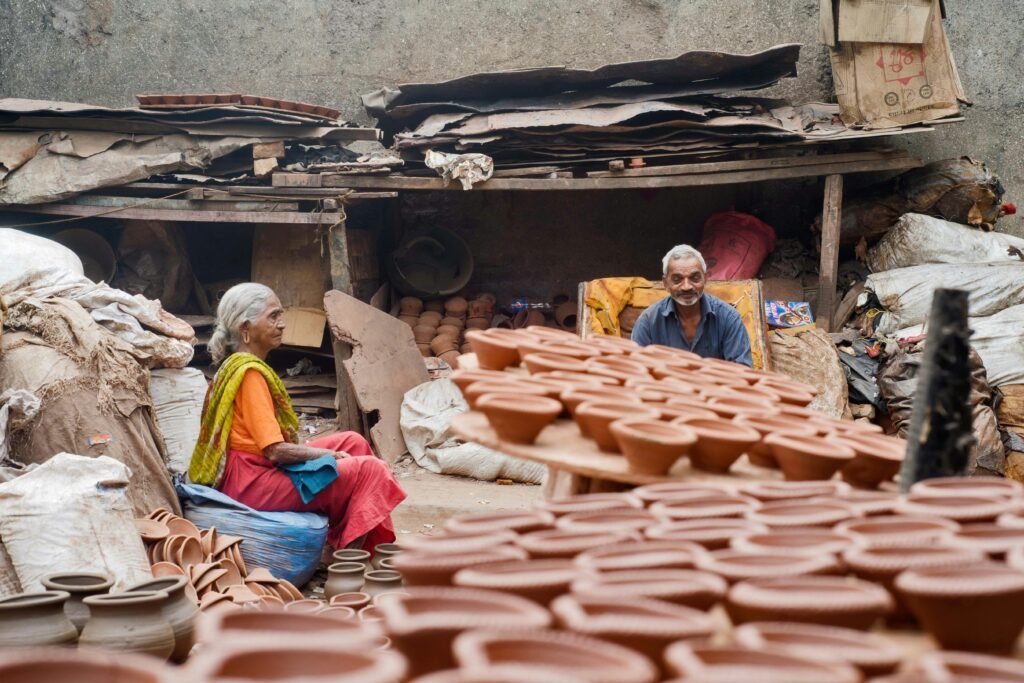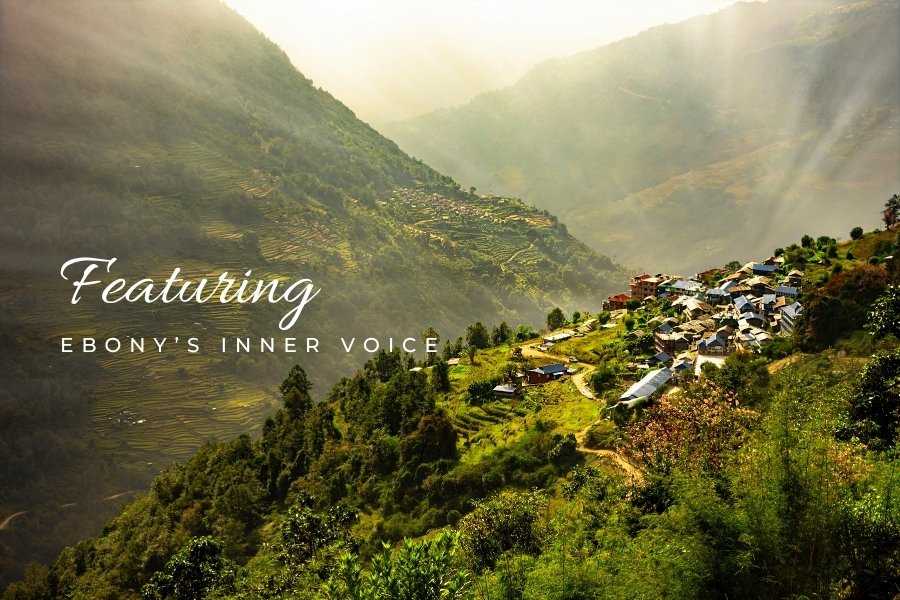India Is Losing One Village Every Hour to Urbanization – And You Can Help Stop It
In the early hours of a winter morning in Madhya Pradesh, 70-year-old Gajanand Yadav stood outside his mud house for one last time. He wasn’t moving by choice; his ancestral village had been earmarked for redevelopment. As his village was broken off he watched all of these with a very heavy heart. That morning, his village became part of a growing statistic: India is losing one village every hour to urbanization.
According to data from the Ministry of Rural Development, over 10,000 villages have been removed from official records between 2011 and 2021. Most are swallowed by cities expanding their borders. A quiet disappearance. No headlines. No memorials.
But in the rubble of lost homes and erased histories lie stories of dying traditions, vanishing crafts, and cultural ecosystems on the brink of extinction.
Urbanization: India’s Growth Story Has a Hidden Cost
The Numbers Behind the Disappearance
India is urbanizing rapidly. As per the 2011 Census, 31% of Indians lived in urban areas. By 2022, that number surged past 35% and is projected to reach 40% by 2036, according to the National Commission on Population. To accommodate this urban surge, cities are expanding by annexing adjacent villages.
Delhi alone has absorbed over 300 villages in the last three decades. Bengaluru’s urban sprawl devoured 154 villages to form the Bruhat Bengaluru Mahanagara Palike (BBMP). In Maharashtra, over 500 villages have vanished into the expanding outlines of cities like Pune and Nagpur.
But what does this mean beyond a redrawn map?
What We’re Really Losing
When a village disappears, we don’t just lose land, we lose living legacies:
- Traditional weaving techniques like Kharad weaving in Gujarat or Toda embroidery in Tamil Nadu.
- Architectural marvels like havelis and stepwells.
- Unique dialects that have no written records.
- Food biodiversity, from native rice varieties to heirloom vegetables.
- Oral storytelling traditions, local musical forms, and dances.
Most importantly, we lose community-based economies that sustain thousands of artisans, potters, shepherds, blacksmiths, folk performers, and farmers.

Rural India Is Not Backward, It’s a Cultural Powerhouse
The misconception that villages are merely underdeveloped spaces waiting for “progress” masks their real value. Rural India is where much of India’s intangible heritage still survives. Crafts are not hobbies, they are occupations, identities, and generational lifelines.
The Crafts That Built Civilizations
- In Rajasthan’s Bagru village, natural dye block printing has been practiced for over 300 years. The knowledge is passed on orally within families. As the village merges with Jaipur’s outer fringes, pollution and real estate speculation threaten this delicate ecosystem.
- Kutch’s Ajrakhpur, once a sleepy settlement of Muslim block printers, is now squeezed between highway construction and industrial land grabs. Their water-based printing technique, once relying on clean rivers, is on the verge of collapse.
- In Odisha’s Raghurajpur, every home is an artist’s studio. But the younger generation is moving out due to a lack of sustainable income and tourism infrastructure.
Without support, these traditions could vanish in a single generation.

How Your Travel Choices Can Make a Difference
Sustainable, Craft-First Stays
While the government and NGOs are doing their part, the average citizen can also contribute, through conscious travel. Tourism is one of the few tools powerful enough to reverse rural decline, if done right.
Sustainable stays like Ebony Stays are leading this revolution.
Rather than building generic resorts, Ebony partners with local communities to restore traditional homes, revive rural economies, and respect cultural integrity. Every stay is more than a room, it’s an invitation to engage with living history.
How Ebony Stays Supports Rural Revival
1. Restoring Heritage Architecture
Many Ebony villas are reimagined from age-old homes that would otherwise have been demolished or abandoned. Artisans are employed to restore wooden beams, jharokhas, stone floors, and courtyards, preserving architectural beauty that cities have long forgotten.
Example: In the heart of Kumaon, Ebony carefully restored a 150-year-old mountain home, turning it into a warm, luxurious retreat. Skilled local artisans were paid fairly to rebuild it using native stone and wood, preserving age-old craftsmanship and traditions.

2. Creating Livelihoods for Local Communities
Ebony Stays employs local women as chefs and housekeepers, and artisans as cultural ambassadors. By offering craft workshops, guided village walks, and farm-to-table dining, these stays create micro-economies that thrive on heritage, not despite it.
Example: In Rajasthan, Ebony hosts workshops in blue pottery and tie-dye techniques, with revenue going directly to the artisans.
3. Reducing Migration Pressure
When villagers can earn a dignified living in their own hometowns, they are less likely to migrate to overcrowded cities in search of work. This keeps traditions alive and reduces the burden on urban infrastructure.
The Power of Cultural Tourism: Real Stories
Meet Pushpa, the Potter from Uttarakhand
Pushpa Devi was on the verge of quitting her family craft of clay pottery. Her children had moved to Delhi for better pay. But when Ebony partnered with her village to offer pottery workshops to guests, she suddenly found herself earning more than she ever had, and with dignity.
Now, her son wants to return and help her expand. One family’s reversal of fortune, driven by conscious tourism.

Meet Arvind, the Storyteller of Malwa
Once a traveling Bhavai performer, Arvind was jobless for years. His folk plays had no audience. When Ebony introduced “Dinner with Dastan” nights at their Malwa property, Arvind became the headline act. Today, he performs weekly to a paying, spellbound audience of guests, and trains young locals to keep the tradition alive.

What We Stand to Gain
Choosing rural, heritage stays isn’t just an act of preservation. It’s a win-win:
- You gain immersive, meaningful travel experiences.
- Villagers gain employment and recognition.
- Artisans find a new market for their skills.
- India’s intangible cultural heritage gets another lease of life.
Unlike commercial tourism that often disrupts local ways of life, sustainable tourism strengthens them. It does not exoticize; it empowers.
CONCLUSION: One Village Lost, Or One Village Saved?
The question is no longer whether urbanization will continue, it will. The real question is: can we urbanize without erasing our roots?
India’s villages are more than geographic dots, they are vessels of memory, artistry, and collective wisdom. Every time you choose a mass-market hotel over a heritage homestay, a part of this history fades. But every time you choose a place like Ebony Stays, you help ensure that our rural charm, crafts, and culture don’t just survive, but thrive.
You may not be able to stop urbanization. But you can choose which side of the story you support.
FAQs
1. What does it mean that India is losing one village every hour?
This refers to the rate at which villages are being depopulated, absorbed into expanding cities, or delisted due to urban sprawl. According to government data, nearly 10,000 villages vanished between 2011–2021, which averages to roughly one village per hour.
2. Why is losing a village such a big deal?
Villages are not just settlements, they’re centers of traditional knowledge, crafts, architecture, and culture. Losing them means losing India’s cultural DNA and disrupting livelihoods built over centuries.
3. How do sustainable stays like Ebony help?
Ebony Stays partners with local communities to preserve heritage homes, employ villagers, revive crafts, and create culturally rich experiences. Their model supports rural economies without displacing tradition.
4. Is rural tourism safe and comfortable for travelers?
Yes. Properties like Ebony Stays offer high-quality amenities while preserving authenticity. You can enjoy modern comforts without compromising the local charm and sustainability.
5. How can I make a difference as a traveler?
Choose culturally sensitive stays, buy directly from artisans, attend craft workshops, and spread the word. Every choice you make as a tourist can either support or harm rural economies.

